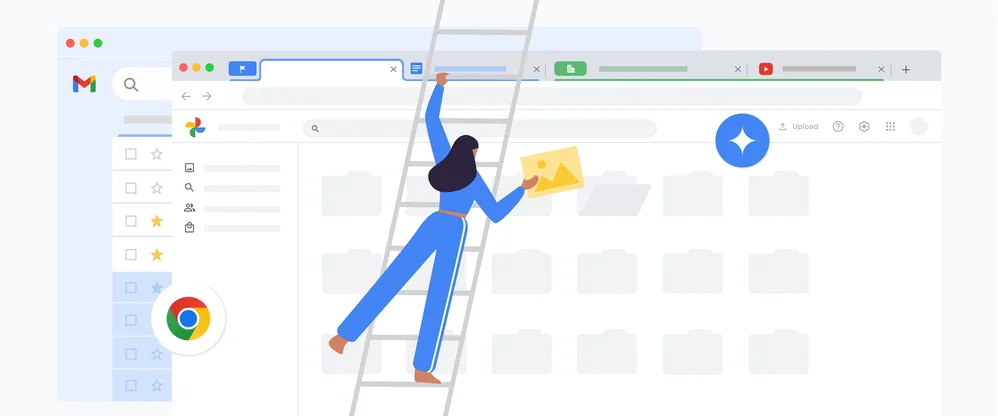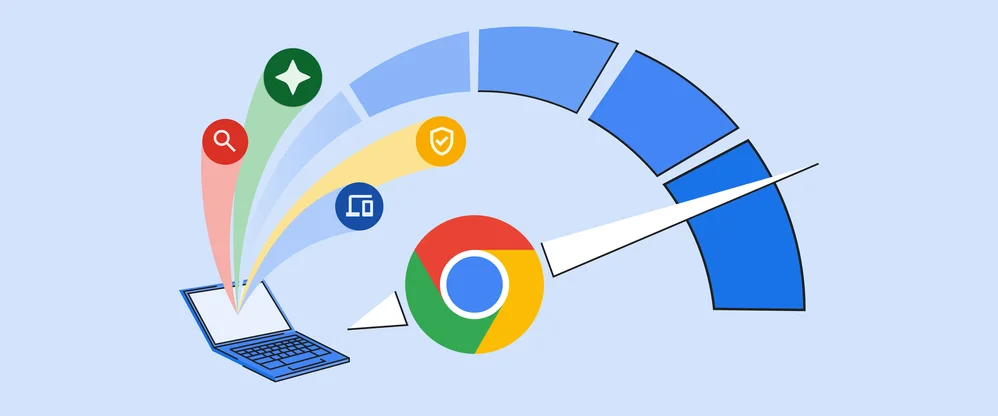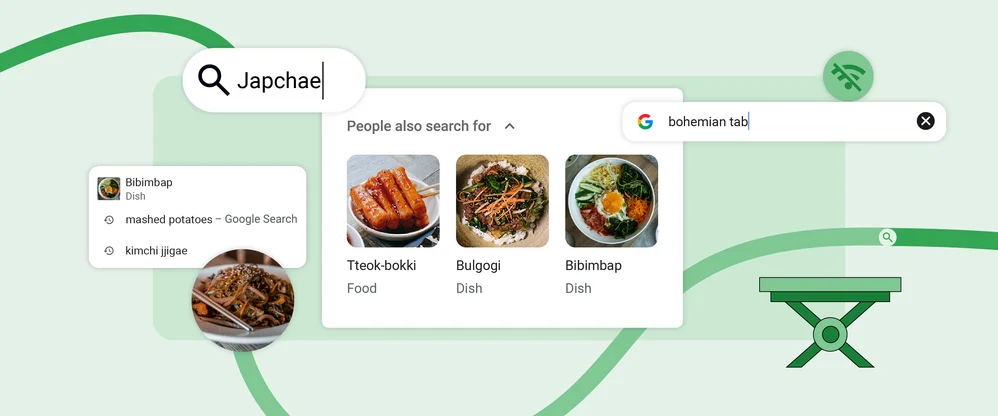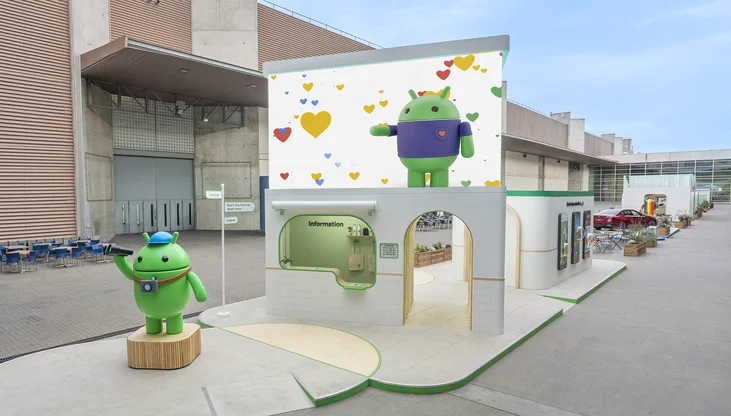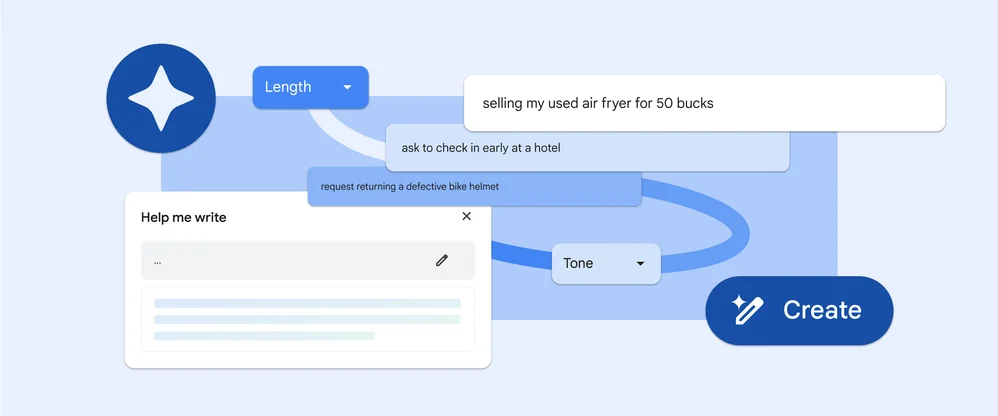Flash and Chrome
Adobe Flash Player played a pivotal role in the adoption of video, gaming and animation on the web. Today, sites typically use technologies like HTML5, giving you improved security, reduced power consumption and faster page load times. Going forward, Chrome will de-emphasize Flash in favor of HTML5. Here’s what that means for you.
Today, more than 90% of Flash on the web loads behind the scenes to support things like page analytics. This kind of Flash slows you down, and starting this September, Chrome 53 will begin to block it. HTML5 is much lighter and faster, and publishers are switching over to speed up page loading and save you more battery life. You’ll see an improvement in responsiveness and efficiency for many sites.
This is similar to a change we made last September, when some Flash content became click-to-play with Chrome 42. This had an immediate, positive impact for our users by improving page load times and saving battery power.
In December, Chrome 55 will make HTML5 the default experience, except for sites which only support Flash. For those, you’ll be prompted to enable Flash when you first visit the site. Aside from that, the only change you’ll notice is a safer and more power-efficient browsing experience.
Today, more than 90% of Flash on the web loads behind the scenes to support things like page analytics. This kind of Flash slows you down, and starting this September, Chrome 53 will begin to block it. HTML5 is much lighter and faster, and publishers are switching over to speed up page loading and save you more battery life. You’ll see an improvement in responsiveness and efficiency for many sites.
This is similar to a change we made last September, when some Flash content became click-to-play with Chrome 42. This had an immediate, positive impact for our users by improving page load times and saving battery power.
In December, Chrome 55 will make HTML5 the default experience, except for sites which only support Flash. For those, you’ll be prompted to enable Flash when you first visit the site. Aside from that, the only change you’ll notice is a safer and more power-efficient browsing experience.
Flash helped make the web a rich, dynamic experience, and shaped the modern set of web standards. We continue to work closely with Adobe to ensure that your web experience is as fast and secure as possible and to help the web transition to HTML5.
